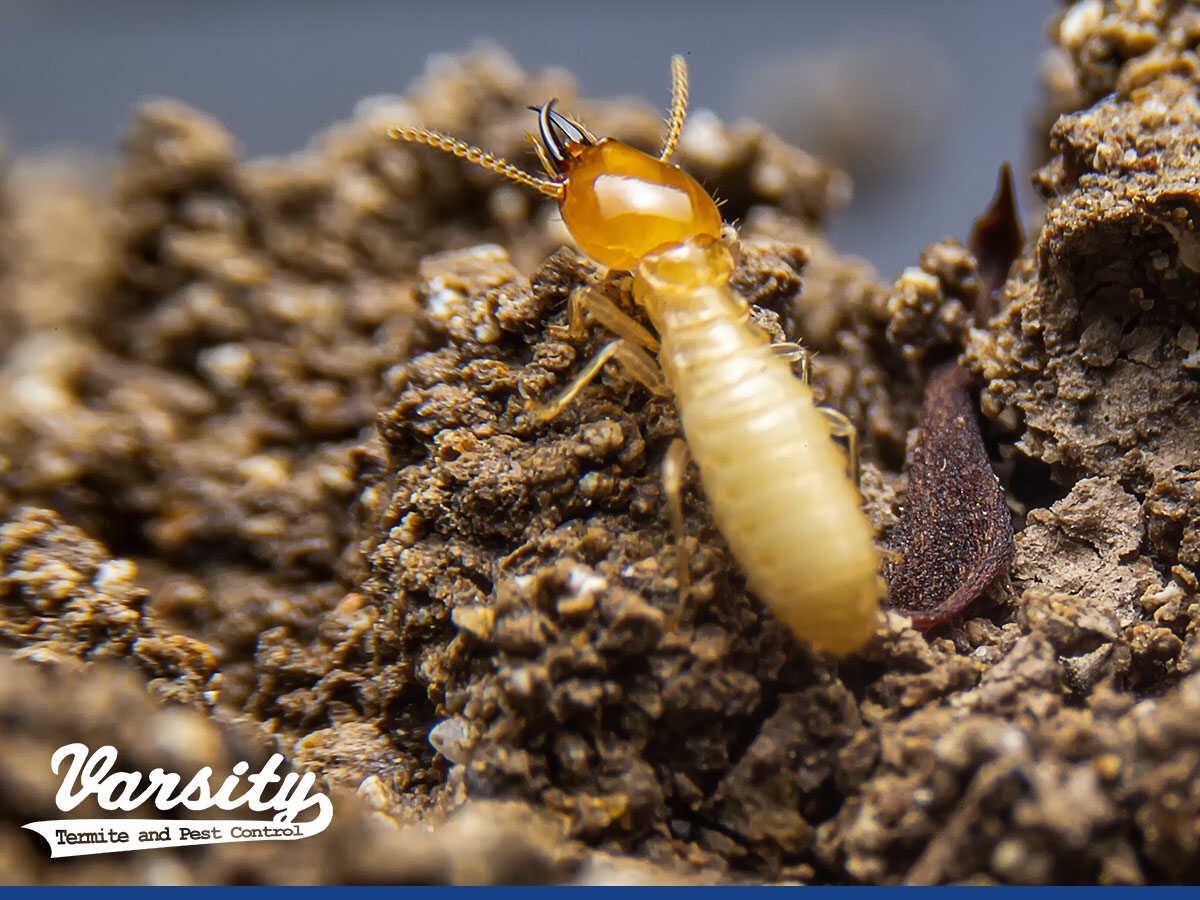Homeowners and business owners know that their property is one of their biggest investments. It’s important to be watchful for termite invasions, which can quickly reduce your home’s value and cause major damage to your property. When it comes to termite control, you’ll want to start with understanding the basics about termites, what they eat, and some common misconceptions. Keep reading to learn more about inadvertent habits around your home that might be attracting termites to your property.

Usually, termites create colonies near sources of food. Termites primarily eat soft or rotting wood, so they generally look for places that are wet or where decaying wood is present. Homes made with wood construction are prime environments for termite colonies. Expanding construction and poor maintenance of older homes encourages termites to move from their natural habitats into developed areas. Phoenix pest control sees several different types of termites. These include subterranean termites, who dig tunnels known as “mud tubes” to help them move to new places; dampwood termites, who specifically prefer wet, softwood and are attracted to cellars and crawl spaces; and drywood termites, who can survive with less moisture and are often found in attics and garages.
Ahwatukee termite and pest control can make several recommendations for your property on how to avoid unintentionally attracting termites to your home. These include:
Termites are attracted to piles of lumber or firewood. When these piles are placed close to your home, they will eventually migrate from the firewood pile to your home, where they can cause tremendous amounts of damage. To avoid this, your Phoenix pest control technician will recommend that you stack all of your wood at least twenty feet away from your home and keep it elevated above the ground at least five inches.
As they rot, dead trees and stumps attract termites. When they finish with the excess foliage in your yard, they will transfer to your home. For Mesa termite control, keep stumps and dead trees removed from your yard.
Branches and leaves that touch your roof will attract termites to your home as it provides a pathway from the ground to your house. Gold Canyon pest control will advise you to keep up with regular tree trimming to dissuade termites from climbing to your roof and causing damage.
Just like piles of firewood or tree branches, mulch will draw termites to your home. Since wood chips retain moisture, they provide an attractive and easy food source, especially for dampwood termites. Reduce the chance of needing Mesa termite and pest control by keeping mulch at least 15 inches from your home’s foundation, or use rock mulch instead.
Another reason people accidentally attract termites to their home is by not cleaning their gutters frequently. When leaves and other debris builds up in your gutters, the excess moisture becomes an attractive place for termites, and can also soften the wood structure of your roof, leaving it vulnerable to termite infestation. Your Florence pest control company will recommend regular gutter cleaning to prevent this issue.
While there are many ways that homeowners can inadvertently attract termites to their home, there are also some misconceptions about termites. Proper knowledge can help empower homeowners to protect their property and avoid a need for Mesa termite control and expensive repairs after an infestation. When you understand termite behavior, you can discourage them from building a colony near your home.
No, they cannot eat through plastic. However, they may break through plastic to access a food source, giving the appearance that they have eaten it. If this has happened to your property, call Gilbert termite control.
Termites cannot eat through concrete either. But because they can fit through cracks in concrete floors and walls, sometimes people think they have chewed through and are surprised to find termites in an area they didn’t expect to see them. If you suspect termites have crawled through cracks in your concrete, call an affordable termite control for help with the infestation.
Yes, termites eat wood, plus anything containing cellulose or wood pulp, such as wallpaper, books, cardboard boxes, carpet backing, drywall, and even furniture. In a natural environment, this benefits the ecosystem by speeding the decay of rotting and dead wood and turning it into beneficial soil. If you have even a small amount of visible wood damage from termites, call Arizona termite and pest control right away before the problem gets worse.
Boric acid is a commonly used DIY method of termite removal. While ingestion of boric acid kills termites, it is not widespread enough to destroy a whole colony. Generally boric acid will kill only worker or soldier termites, which the queen can easily replace. For the most effective removal, call a Phoenix pest control technician for professional help.
If you suspect a termite infestation in your home, call Varsity Pest & Termite Control in Mesa. We specialize in full eradication of termites in the greater Phoenix areas so you can feel safe and secure in your home. Our experience and respectful technicians take time to carefully find the full colonies and attend to the details so you don’t see termites! For a free termite inspection, call us today at (602) 833-1022 or contact us through our website.

Published By:
Varsity Termite and Pest Control – Gary Dobert
6056 E Baseline Rd #122
Mesa, AZ85206
Office: 602-757-8252
Email: service@varsity.myfavoritewebdesigns.com
Website: https://varsity.myfavoritewebdesigns.com/


© Varsity Termite and Pest Control - Google - Privacy Policy